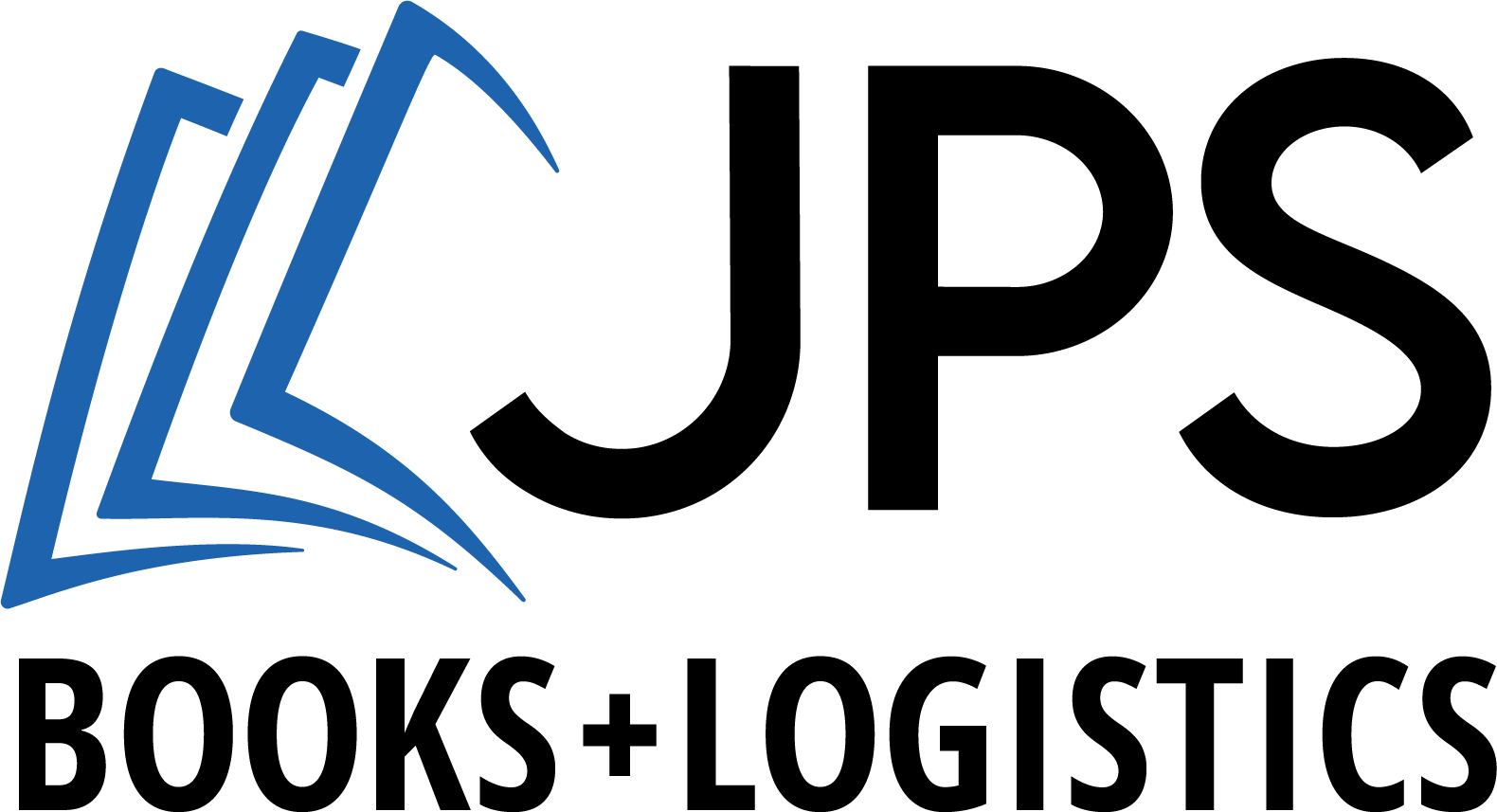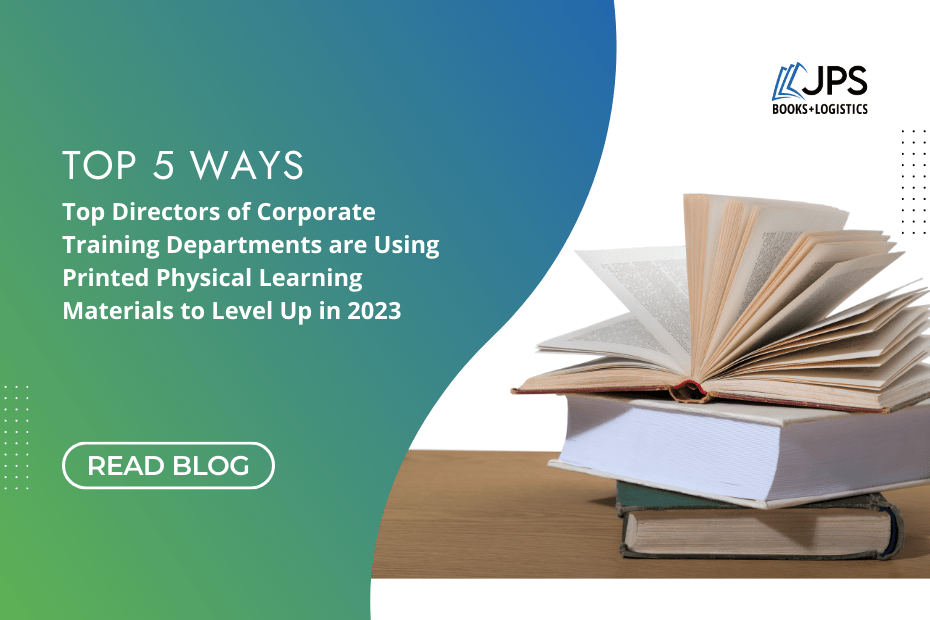Ready to supercharge your learner’s retention time? Here are five ways printed learning materials are making a splash in classrooms, boardrooms, and study halls across the country.
1. Enhancing engagement and retention
Printed physical learning materials—handouts, workbooks, and posters—can help enhance mental engagement and information retention in corporate training programs. In fact, studies show that readers are substantially more likely to recall key details of text when holding a physical book, flier, or print-out!
Printed materials allow learners of any age to physically interact with the information (ear marking, taking handwritten notes, feeling the weight of the item), therefore making it much easier to retain and recall the information later on.
2. Providing a tangible take-away
How many times have you ever completed an online training course or digital certification, only to forget where in your online packet you’d read a certain piece of important information?
Printed physical learning materials provide a tangible take-away for learners, allowing them to easily review and reference information long after the training session has ended. Instead of clicking through pages and pages of digital assets, learners can access key materials fast, eliminating time spent behind a screen and speeding up the education process.
Even better: physical interaction with a material item helps reinforce learning and improves long-term memory retention!
3. Supporting blended learning
Just like each of us learn in different ways (hearing, reading, tactile touching), people process information in different ways.
Printed physical learning materials can be used in conjunction with digital materials to support blended learning programs. In the day and age of ZOOM classrooms and conferences, this method allows for a more comprehensive and engaging learning experience, with learners able to engage with both digital and physical materials at their convenience.
4. Facilitating group work and collaboration
Printed physical learning materials, such as workbooks, textbooks and posters, can be used in group settings to facilitate collaboration and group work.
Instead of gathering around a single screen at homework time, learners can each take ownership of their own personal materials, further facilitating learning autonomy and encouraging group collaboration. This method can help build teamwork skills, encourage problem-solving, and support group learning.
5. Improving accessibility
It’s well documented that printed physical learning materials can help improve accessibility for learners with diverse learning styles, abilities, or needs.
For example, learners who struggle with comprehending digital materials may find it easier to work with printed materials, and learners with visual impairments may find it easier to use printed materials with higher contrast and larger fonts. Joining forces with a printing partner will allow you to deliver exactly what your learners need to succeed, both in and out of the classroom.
Whether it’s building engagement and retention, providing a tangible take-away, supporting blended learning, facilitating group work and collaboration, or improving accessibility, top directors can create more effective and engaging learning experiences for their teams by utilizing printed materials.
JPS Books + Logistics is happy to assist our customers with formatting their materials in a way that promotes accessibility and ease of use.


